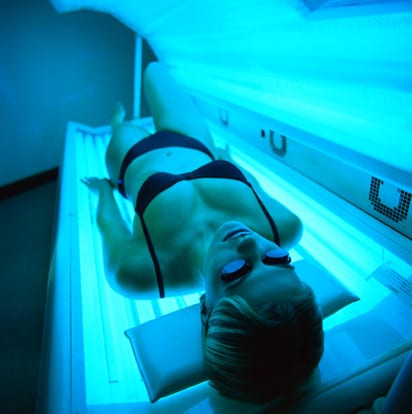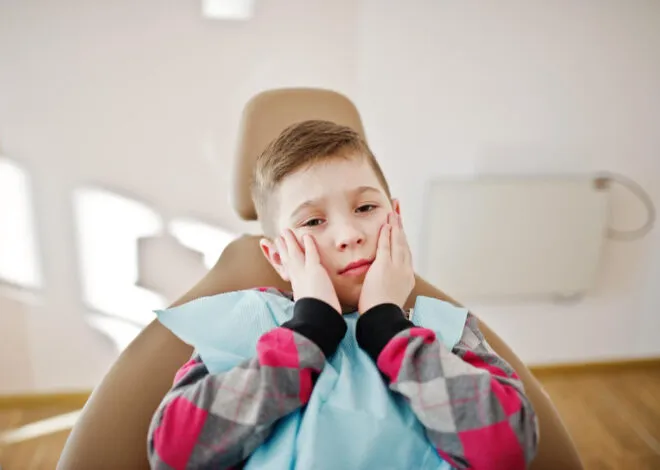This may sound crazy, but it might be true: Are you addicted to tanning and could addiction treatments help prevent skin cancer? According to a new study, a significant percentage of those who use tanning beds meet standard criteria for addiction and report higher levels of anxiety and substance abuse. If this is really accurate, treatment for people who suffer addictions may contribute to a lower rate of skin cancer.
Identify Your Motives
“If, for some people, tanning is a way to cope with emotions, then there are obviously healthier ways to do so than going to tanning salons every week,” said study co-author Catherine E. Mosher, a postdoctoral research fellow in department of psychiatry and behavioral sciences at Memorial Sloan-Kettering Cancer Center, New York City. “Counseling could be a logical intervention for these people who have excessive visits to tanning salons.”
Do the Benefits Outweigh the Risks?
Skin cancer is the most common malignancy and accounts for about half of all cancers, Mosher said. She continued that around 90% of all skin cancer is caused by UV radiation. This scary disease can be disfiguring and sometimes fatal, which is why in March health advisors a potential ban — or at least stronger label warnings — on the use of tanning beds by people under the age of 18. The risks of indoor tanning are just too big to ignore.
The Numbers Say It All
In their research, the authors of the study took two of the main criteria for addiction and adjusted them to fit the context of indoor tanning. They then asked 421 SUNY Albany students questions such as whether the person had unsuccessfully tried to cut down on their indoor tanning sessions, irritation when people suggested they stop, guilt about the behavior and whether or not they thought about indoor tanning excessively. They found that 30% to 40% of them met at least one of the addiction criteria used. These same participants had about twice the level of anxiety and reported more use of alcohol, marijuana and other illicit substances than non-addicted tanners.
Compared To What?
People addicted to tanning usually lay in beds around 100 times a year. This may seem like a small number compared to how many times a crack addict lights up in a year, but “it’s what degree is this causing impairment or creating feelings of guilt, and also engaging in a behavior despite known risks,” Mosher explained.
How Does It Happen?
The question remains: why would a person become addicted to tanning beds? One theory is that the UV rays increase the activity of the body’s natural opioids, which reinforces the behavior. However, Mosher says “there’s mixed scientific support for that theory.” “There’s also the coping perspective,” she noted. “There is some growing evidence now that people use tanning as a way to cope with stressors, as way to increase positive mood, decrease negative moods, cope with environmental demands. In that way it’s similar to other addictive behaviors.”





